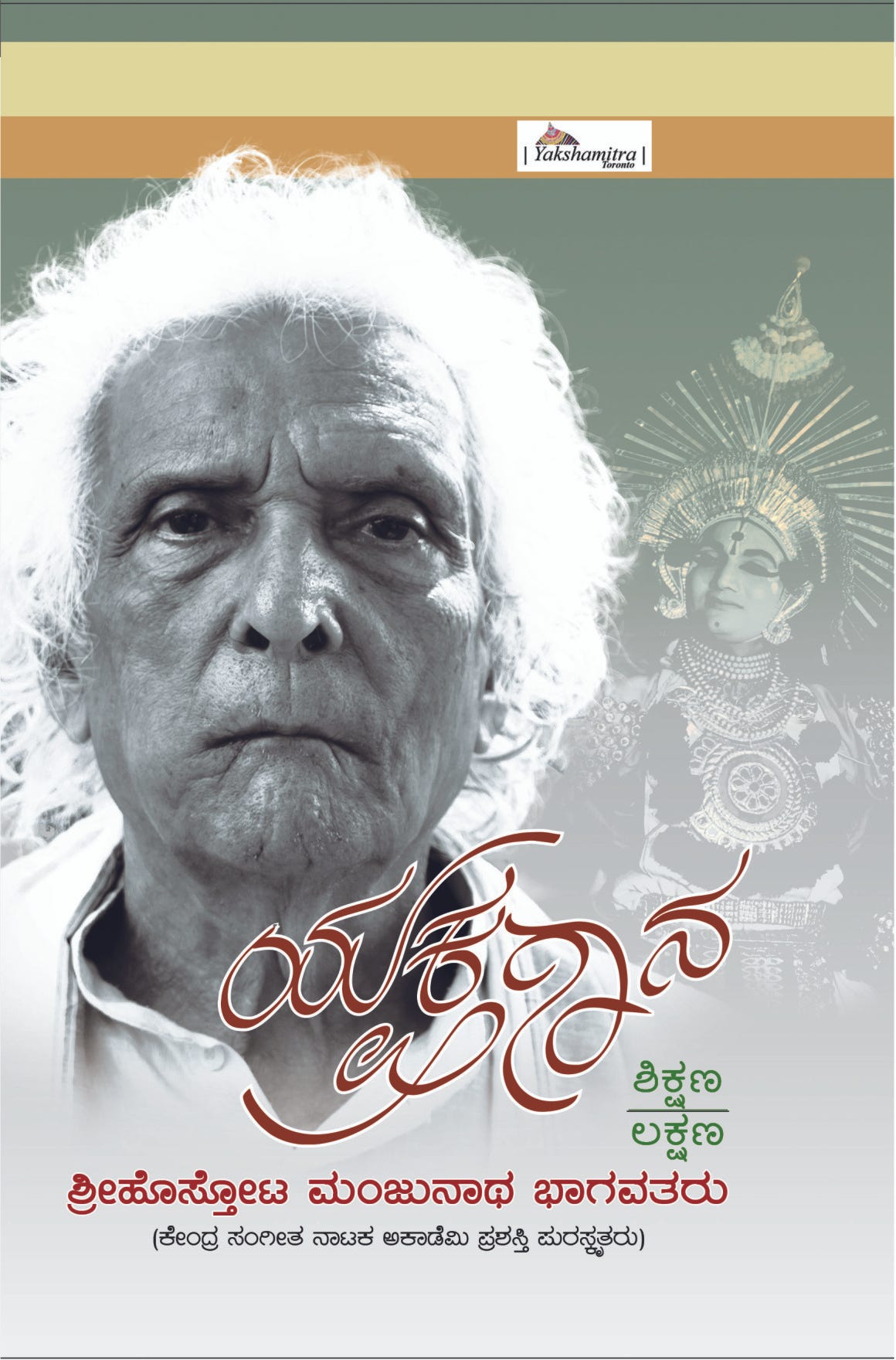In short, Ek Taal is what is you hear when you hear folk drums on streets of Bengaluru. Be it a death procession or a celebration. How do I know? While dancing today in the shower to Yakshagana Ek taal rhythm I realised it was same as the folk grove! It indeed is. A typical 6 beat grove with a single emphatic stroke. Something like, "taak taak taaku --- tataika daaku". In yakshagana this is decently used as, "tai ta ta di na dhim taam" a variation of "taiku ta dhem taam" (ta and dhem have 2 time units).
In Karnataka sangeetha however, they do not know! They have screwed it so much that I almost hate musicologists. For them Ek taal is 4 beats. Go figure out. They agree with one thing it has only one group (Laghu), which makes it a lot more flexible grove.
In Hindustani, it has 12 beats which is understandable a mere multiple of six. But unfortunately has more emphatic strokes. They have messed it up a little too, although they still use the same name! They have no clue what the 'one' in Ek taal suggests!
In short Ek taal is actually a very obvious and natural folk grove that musicologists and musicians alike have altered to feel good and call it a classical grove. While everything has folk origin, this one is still alive and provable. What makes it more enjoyable is that when I shower next time I know better about what I am dancing to!
PS: I got this all wrong and Ek tala Tatkara is - Ta Dhim Dhimita Dhim 4 beats. Very close to Hindustani Ek Taal in Yakshagana is Rupak Tala (Vilambita - 12 beats) which is discussed in this post instead of Ek Tala by error. Eka Tala is discussed including this error in another post in detail.
In Karnataka sangeetha however, they do not know! They have screwed it so much that I almost hate musicologists. For them Ek taal is 4 beats. Go figure out. They agree with one thing it has only one group (Laghu), which makes it a lot more flexible grove.
In Hindustani, it has 12 beats which is understandable a mere multiple of six. But unfortunately has more emphatic strokes. They have messed it up a little too, although they still use the same name! They have no clue what the 'one' in Ek taal suggests!
In short Ek taal is actually a very obvious and natural folk grove that musicologists and musicians alike have altered to feel good and call it a classical grove. While everything has folk origin, this one is still alive and provable. What makes it more enjoyable is that when I shower next time I know better about what I am dancing to!
PS: I got this all wrong and Ek tala Tatkara is - Ta Dhim Dhimita Dhim 4 beats. Very close to Hindustani Ek Taal in Yakshagana is Rupak Tala (Vilambita - 12 beats) which is discussed in this post instead of Ek Tala by error. Eka Tala is discussed including this error in another post in detail.


I disagree with this.... half baked argument...
ReplyDeleteThanks for the Frank opinion. I will agree with you if you can explain why you disagree and disagree with which claim. On it being half baked argument, I agree with you. It was never meant to be fully baked. I ran out of patience :)
ReplyDelete